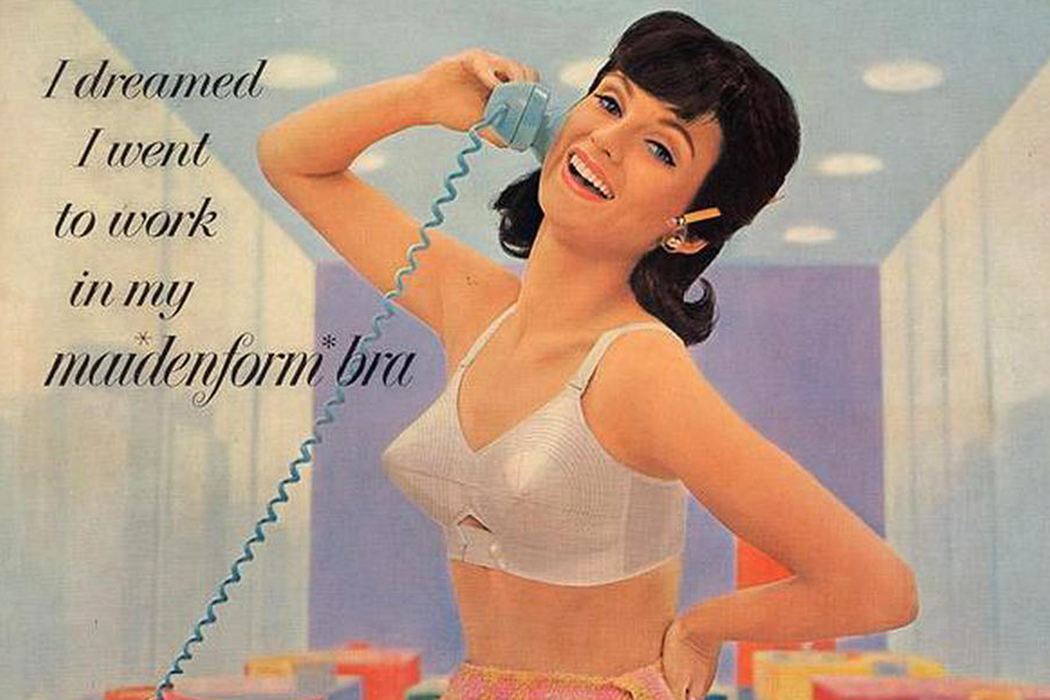Beauty is big business in the United States, with American women estimated to spend an average of $15,000 on makeup products alone during their lifetimes. But how did that $460 billion industry come to be? Historian Vicki Howard traced part of its roots to Maidenform, the lingerie company that “helped define postwar commercial beauty culture”—and whose working women both embraced and challenged changing conceptions of beauty in the workplace.
Howard wrote that at Maidenform, which was the first company to mass-produce modern bras, “beauty culture was work culture.” Not only did the company’s women workers shape national beauty standards with their products, but they embraced and participated in beauty rituals at the workplace through personal interactions and company-sponsored events.
Despite the fact that producing bras commercially was anything but glamorous, Maidenform’s employees were encouraged to participate in rituals like beauty competitions for plant-wide “Miss Maidenforms” and “Pinups of the Month.” Male employees would take measurements of women, who would then be judged on the length of the catcalls and whistles that accompanied their walks up and down a runway.
But the beauty culture fostered at Maidenform wasn’t all appalling: Howard wrote that despite the fact that companies supported beauty culture as a way of guaranteeing loyalty and reinforcing their values, “working-class women…could also make these gender ideals work to their own advantage.” Workers could use their fashion and beauty skills not only to bond with fellow coworkers, but use them to advance within the organization.
Howard found evidence of beauty bridging cultural differences at Maidenform, as well: Employees educated one another about different ethnicities and cultural traditions through weddings, fashion shows, and profiles in the company magazine. People of all ethnicities banded together along gender lines to agitate for union rights and find common ground.
Above all, beauty was a kind of language at Maidenform—something women could use to find and reinforce meaning and search for economic mobility. Perhaps the pursuit of beauty (and opportunity) is not always skin deep.


















